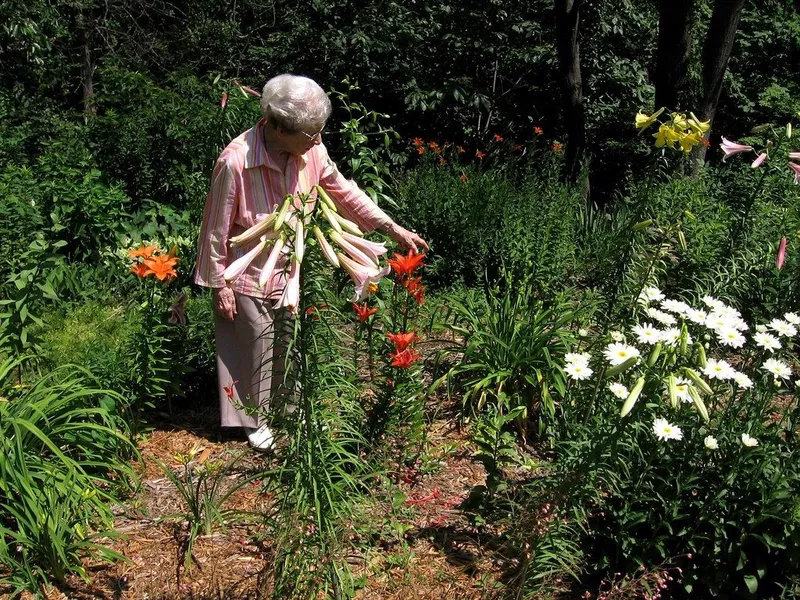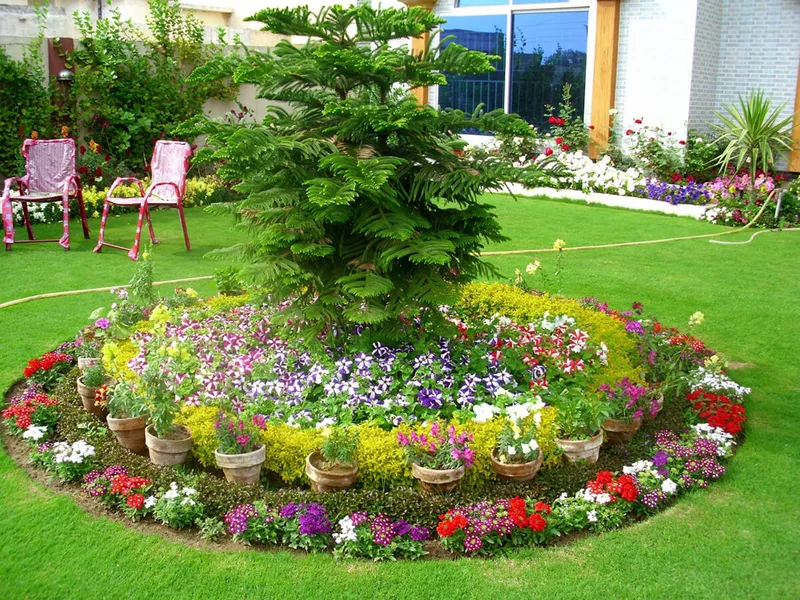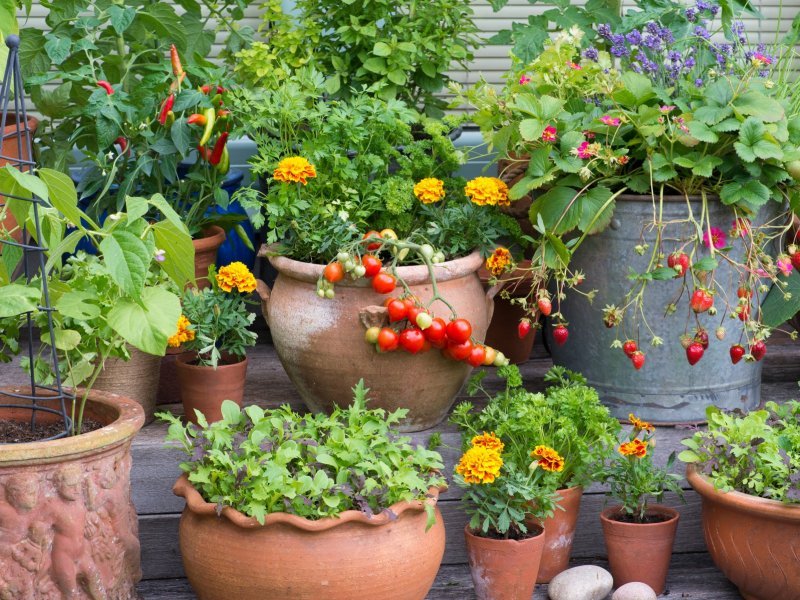A garden for the elderly should seek to help to compensate for some of the problems that arrive as we get older, from lack of energy and mobility, to failing eyesight. With wide, paved areas, the garden uses a range of materials, and has a pergola, raised beds and a raised pool. The pond and many of the beds are edged with seating so that they can be enjoyed from close at hand. A bird bath, bird table and the inclusion of plants to attract bees and butterflies bring nature to the garden.
The things you should consider for a garden designed for elderly are mobility – a problem for some of those for whom the garden was designed; eye-sight may be poor for some garden users; and scent is particularly important for older people.
Wide paths provide access for wheel chairs and for people to walk side-by side. Gentle slopes rather than steps. There should also be lots of seating in both sun and shade.
Using strong and contrasting colors helps to overcome the problem older eyes have in adjusting to a move from an area of light to one in the shade.
When eye-sight or hearing is reduced, flowers which give off scent provide a lot of pleasure.
The paving was picked for its non slip and non-reflective properties. Changes in colour and materials arc used to herald clearly, for she less well-sighted, that they are entering a new area. Seating surfaces in dark green are made from a recycled polystyrene waste material which is warm to the touch and relatively maintenance free. It does not absorb seater no can be quickly dried after rain.
The pergola provides a frame for climbers, and shade for the seating area below, from which the scent of the climbers can be enjoyed.
Raised beds and the raised pond bring the pleasures of plants and water up to a more accessible level to those walking, sitting or in wheel-chairs
Apart from providing a number of specimen plants with decorative leaf-shapes and autumn color, Barbara picked plants for their aromatic leaves or fragrant flowers. She chose bright colors that could be seen clearly by those with poorer sight. Orange and yellow have been used extensively. often side-by-side for vivid contrast









